Currency
4 DIY Projects On Smart Home To Maximize Your Comfort
August 30, 2016
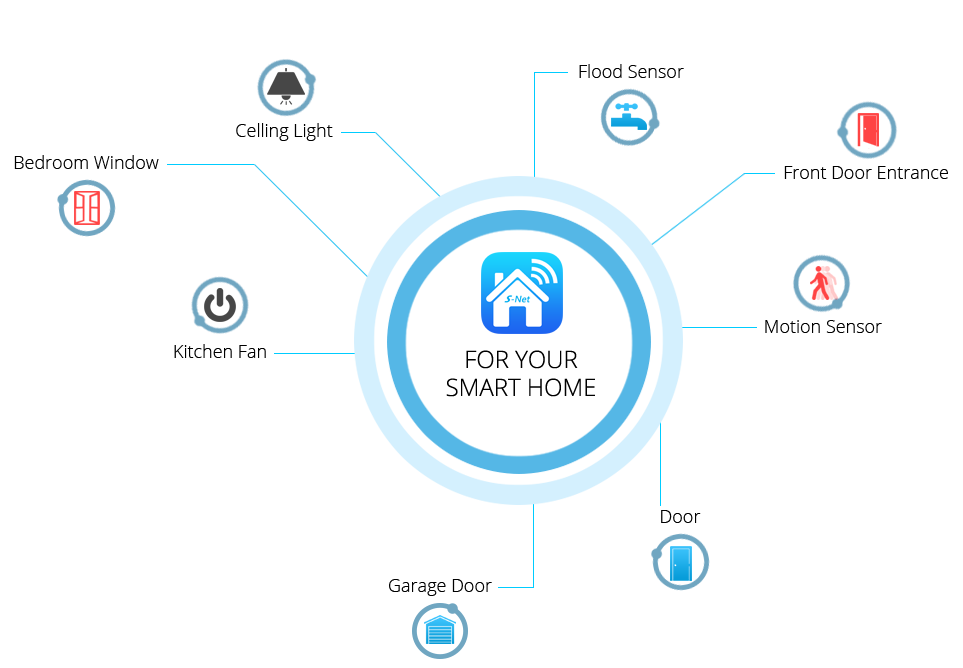
The smart home must be a continuing revolution for New Age of Technology. Nowadays more and more families are pursuing the convenience of smart home for they have already been tired from hard work outside and just gonna to relax themselves and have no mood to do this and that thing when at home thus an increasing number of people are inching toward fully automated homes which is understandable and follows I will introduce several brilliant useful projects for you to turn your house into smart home.
 Hands-free garage door opener
For this project,you could get a proper system professionally installed, but you’ll probably be much happier using this DIY solution on Hackster.io. ESP8266 could be used as the hub of the whole operation, and there’s some added IFTTT commands as well.When you’re finished ,you’ll be able to use your voice to get your garage door opened and closed. There’s even the option to check up on the current status of the door whenever you like.
Hands-free garage door opener
For this project,you could get a proper system professionally installed, but you’ll probably be much happier using this DIY solution on Hackster.io. ESP8266 could be used as the hub of the whole operation, and there’s some added IFTTT commands as well.When you’re finished ,you’ll be able to use your voice to get your garage door opened and closed. There’s even the option to check up on the current status of the door whenever you like.
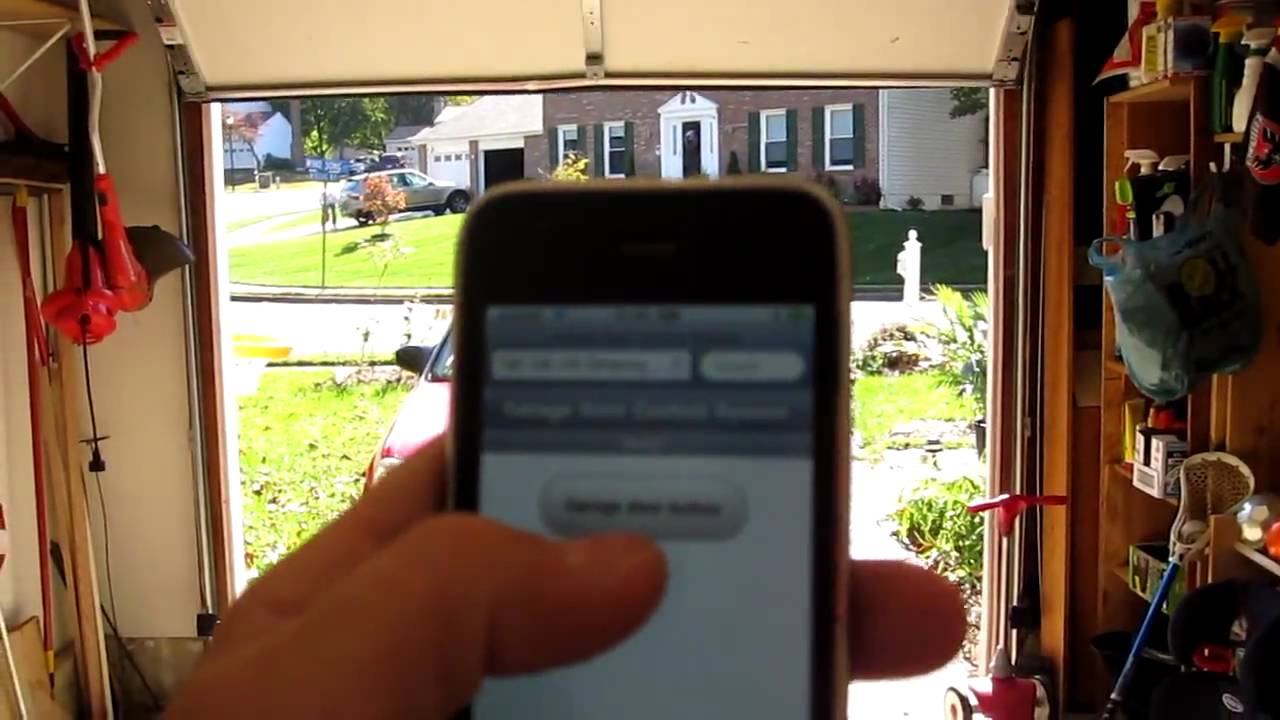 Automated pool controller
It is worthy for you to have a look about pool controller guide on Hackster.io if you’re lucky enough to have a pool at home and you have the time to commit to a more advanced DIY smart home project. By the time you’ve finished you can have a system that controls the pump, heating and lights around your pool, with Raspberry Pi and Arduino boards at the heart of it.
Automated pool controller
It is worthy for you to have a look about pool controller guide on Hackster.io if you’re lucky enough to have a pool at home and you have the time to commit to a more advanced DIY smart home project. By the time you’ve finished you can have a system that controls the pump, heating and lights around your pool, with Raspberry Pi and Arduino boards at the heart of it.
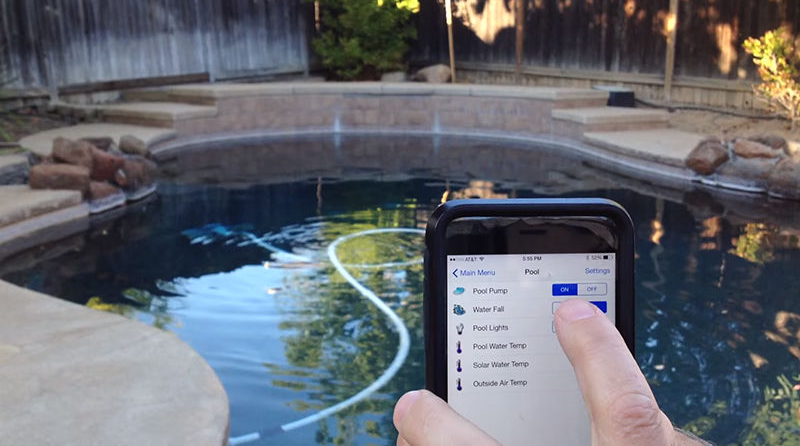 A door that recognizes your face
It isn’t the kind of project you can knock off in an afternoon, but if you want to give yourself a challenge, this is an ideal choice.At the center of the operation you need a Raspberry Pi and Microsoft Windows 10 IoT Core is the main software platform you’re going to be making use of. Short of coming up with some Mission: Impossible-style face masks, no one else is going to be able to get in there. All the instructions you need can be found in this guide posted to Hackster.io.
A door that recognizes your face
It isn’t the kind of project you can knock off in an afternoon, but if you want to give yourself a challenge, this is an ideal choice.At the center of the operation you need a Raspberry Pi and Microsoft Windows 10 IoT Core is the main software platform you’re going to be making use of. Short of coming up with some Mission: Impossible-style face masks, no one else is going to be able to get in there. All the instructions you need can be found in this guide posted to Hackster.io.
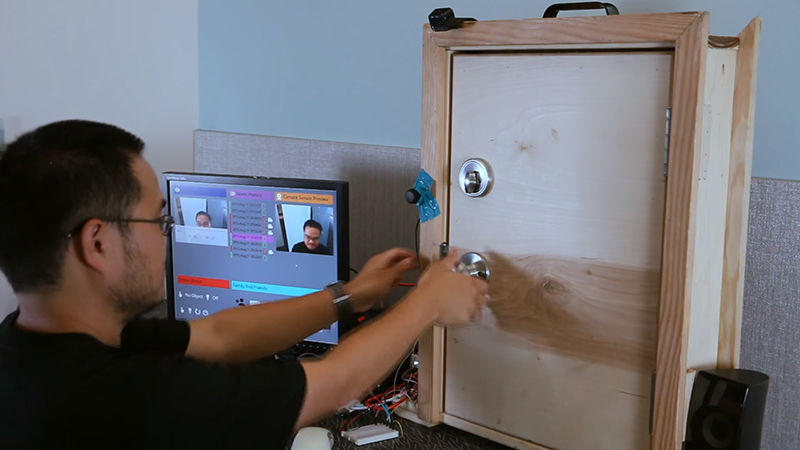 Arduino-powered smart lights
Smart lights are one of the most popular smart home gadgets, so here’s another project that’s based around the Arduino mini computer rather than the Raspberry Pi. Your lights can go on and off (and change color) on a schedule because the most recent version of the system features a scheduler function, and everything can be controlled from your phone or laptop. Click here to have a look for details.
Arduino-powered smart lights
Smart lights are one of the most popular smart home gadgets, so here’s another project that’s based around the Arduino mini computer rather than the Raspberry Pi. Your lights can go on and off (and change color) on a schedule because the most recent version of the system features a scheduler function, and everything can be controlled from your phone or laptop. Click here to have a look for details.
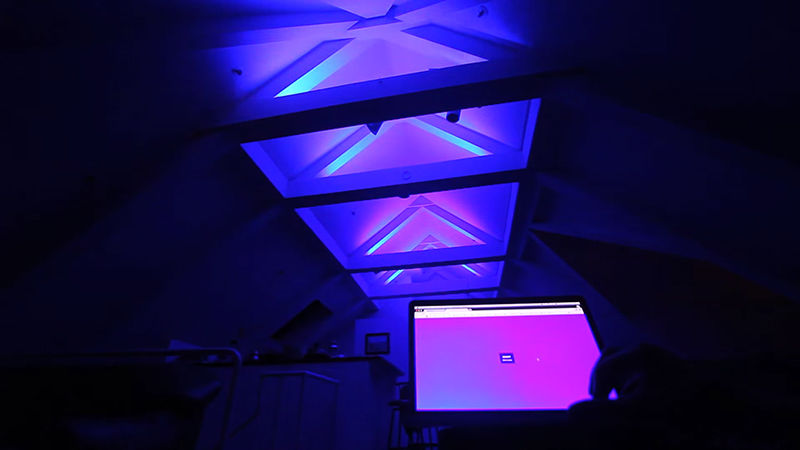 Last but not the least, three videos on projects shared with you, may them arouse your creativity.
Last but not the least, three videos on projects shared with you, may them arouse your creativity.
 Hands-free garage door opener
For this project,you could get a proper system professionally installed, but you’ll probably be much happier using this DIY solution on Hackster.io. ESP8266 could be used as the hub of the whole operation, and there’s some added IFTTT commands as well.When you’re finished ,you’ll be able to use your voice to get your garage door opened and closed. There’s even the option to check up on the current status of the door whenever you like.
Hands-free garage door opener
For this project,you could get a proper system professionally installed, but you’ll probably be much happier using this DIY solution on Hackster.io. ESP8266 could be used as the hub of the whole operation, and there’s some added IFTTT commands as well.When you’re finished ,you’ll be able to use your voice to get your garage door opened and closed. There’s even the option to check up on the current status of the door whenever you like.
 Automated pool controller
It is worthy for you to have a look about pool controller guide on Hackster.io if you’re lucky enough to have a pool at home and you have the time to commit to a more advanced DIY smart home project. By the time you’ve finished you can have a system that controls the pump, heating and lights around your pool, with Raspberry Pi and Arduino boards at the heart of it.
Automated pool controller
It is worthy for you to have a look about pool controller guide on Hackster.io if you’re lucky enough to have a pool at home and you have the time to commit to a more advanced DIY smart home project. By the time you’ve finished you can have a system that controls the pump, heating and lights around your pool, with Raspberry Pi and Arduino boards at the heart of it.
 A door that recognizes your face
It isn’t the kind of project you can knock off in an afternoon, but if you want to give yourself a challenge, this is an ideal choice.At the center of the operation you need a Raspberry Pi and Microsoft Windows 10 IoT Core is the main software platform you’re going to be making use of. Short of coming up with some Mission: Impossible-style face masks, no one else is going to be able to get in there. All the instructions you need can be found in this guide posted to Hackster.io.
A door that recognizes your face
It isn’t the kind of project you can knock off in an afternoon, but if you want to give yourself a challenge, this is an ideal choice.At the center of the operation you need a Raspberry Pi and Microsoft Windows 10 IoT Core is the main software platform you’re going to be making use of. Short of coming up with some Mission: Impossible-style face masks, no one else is going to be able to get in there. All the instructions you need can be found in this guide posted to Hackster.io.
 Arduino-powered smart lights
Smart lights are one of the most popular smart home gadgets, so here’s another project that’s based around the Arduino mini computer rather than the Raspberry Pi. Your lights can go on and off (and change color) on a schedule because the most recent version of the system features a scheduler function, and everything can be controlled from your phone or laptop. Click here to have a look for details.
Arduino-powered smart lights
Smart lights are one of the most popular smart home gadgets, so here’s another project that’s based around the Arduino mini computer rather than the Raspberry Pi. Your lights can go on and off (and change color) on a schedule because the most recent version of the system features a scheduler function, and everything can be controlled from your phone or laptop. Click here to have a look for details.
 Last but not the least, three videos on projects shared with you, may them arouse your creativity.
Last but not the least, three videos on projects shared with you, may them arouse your creativity.
